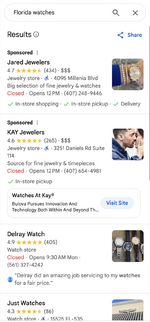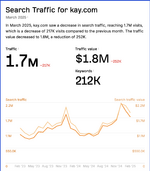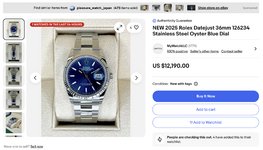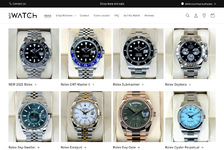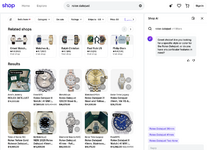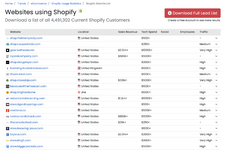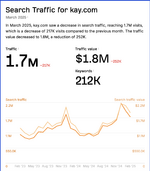d0ctrine
VIP Member
- Joined
- Feb 4, 2025
- Messages
- 6
- Reaction score
- 30
- Points
- 13

🔍 How I Look For Cardable Sites 🔍
Lots of people ask me "d0ctrine, how do you find these sites?" "why do you always have a new site to card?" and various other shit. The answer is simple: research.
Weve covered Deep Research already, and it's essentially a more general approach but diving deeper with the tools at your disposal is what separates consistent success from random luck. Master this methodology and youll never run dry on targets.
Google Dorks
One undeniable fact with anything on the web is that everything starts with a Google search. This holds especially true when hunting cardable sites.
Google's search operators are fucking gold for finding easy to card e-commerce platforms. These arent some blackhat secrets—they're built right into the search engine, but 99% of people are too lazy to learn them.
For Shopify sites:
Code:
inurl:myshopify.com "add to cart"This pulls up thousands of stores running on Shopifys platform. Many smaller businesses don't even customize their URLs making them easy to identify.
WooCommerce sites are another juicy target:
Code:
inurl:wp-content/plugins/woocommerce "checkout"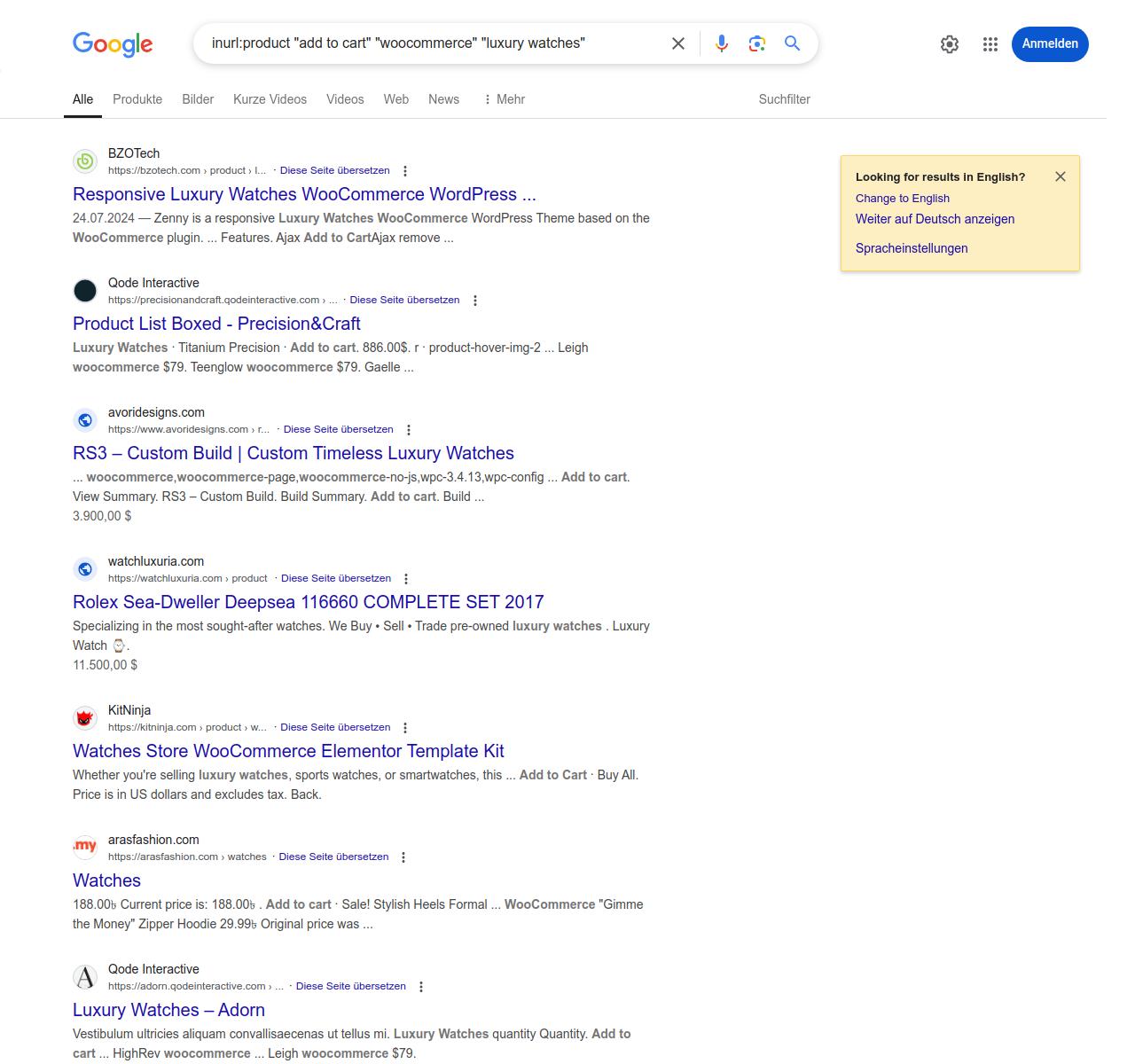
These WordPress-based shops often have outdated plugins and half-assed security configurations.
Want to get specific with products? Try:
Code:
inurl:product "add to cart" "woocommerce" "luxury watches"Replace "luxury watches" with whatever youre after. This narrows down sites selling specific products while exposing their platform vulnerability.
The beauty of dorks is you can stack them like LEGO pieces. Add [-site:amazon.com -site:ebay.com] to filter out major marketplaces and focus on standalone stores with fewer security measures.
Buying Local
Another powerful tool is Google Maps combined with Google Shopping on your card's proxy to get location-specific suggestions.
Lets say your card BIN is from Florida. Set your VPN to match that location, then search "boutique jewelry stores Florida" or "designer handbags Tampa." This pulls up dozens of local businesses with their own websites.
The sweet spot? Mid-sized operations. Too small (under $500K yearly revenue) and they'll scrutinize every goddamn order personally. Too big (over $50M), and theyll have industrial-grade anti-fraud systems in place.
Check their traffic on ahrefs.com—ideally between 5000-50,000 monthly visitors. That's the Goldilocks zone where theyre legitimate booming businesses who can easily take your hits but can't afford sophisticated fraud detection.
🚨 Important: Dont hit small mom-and-pop operations. They're regular people trying to make a living and one chargeback could devastate them. Stick to businesses large enough to absorb a hit. Dont be a fucking douchebag.
Ebay and Amazon
These massive marketplaces are crawling with legit businesses that also maintain their own storefronts—which typically have far weaker security.
On eBay, look for sellers with professional business names rather than personal usernames. "LuxTimeWatches" is likely a real business; "John_Sells_Stuff" probably isn't.
Once you spot a professional seller Google their business name plus "official website" or check their profile for direct links. Many proudly advertise their standalone sites.
Amazon works similarly—professional sellers often have "Sold by [Business Name]" under product listings. Google that name to find their independent site.
These independent sites often run on Shopify or similar platforms with minimal security layers compared to the marketplace giants. Theyre established enough to carry inventory but not sophisticated enough to have robust fraud detection.
Shop App
We've discussed this before, but Shopifys Shop app deserves special mention. It's a fucking treasure trove containing millions of Shopify merchants in one searchable database.
Weirdly enough many people get order cancellations through the app itself, but forget something critical: every store listed there has its own direct Shopify website.
When you find a store you like in the app just visit their own storefront. You bypass Shopifys centralized app security while still accessing the same inventory.
This obviously doesn't work with very large stores as the security of Shop App is weaker than their main site since the shop app has no custom antifraud. But for mid-sized merchants? Its perfect.
The app even has AI search now—just describe what you want, and it serves up potential targets. Download it from your app store or visit shop.app.
Review Sites
Use review aggregators like resellerratings.com opposite of what they were designed for—instead of helping consumers find trusted merchants you're looking for those with security gaps.
Sites with 2-3 star ratings but minimal reviews are prime targets. Why? Because theyre established enough to be listed but not experienced enough to have bulletproof security.
These review sites even sometimes actually tell you about verification practices: "This store keeps asking for my ID" or "They helped my problem and changed my deliver address with no questions" are green lights for your purposes.
Other review sites like Trustpilot and SiteJabber offer similar intelligence gathering opportunities—the reviews themselves are a security audit in plain text.
Tools To Analyze
Technical reconnaissance is critical, but you don't need to be a fucking programmer to do it.
Browser extensions like Wappalyzer and sites like BuiltWith instantly reveal what technology stack a site is running. They show payment processors CMS platforms, security tools and everything else under the hood.
When you find a site that works well for you, analyze it with these tools then hunt for other sites using the same technology combination. Similar tech stacks often have similar weaknesses.
SimilarWeb and SimilarSites let you find sites in the same category with comparable traffic levels. If you card successfully on one niche electronics store, these tools will find twenty more with matching profiles.
TheirStack is another great paid service Ive discovered recently that goes deep into each site and their platforms. Avoid sites showing Signifyd Riskified, or other enterprise fraud detection.
What Now?
Finding cardable sites isn't about random luck—its methodical research using publicly available tools. The perfect target exists in that middle zone: legitimate business decent inventory, but security that's an afterthought.
Remember that every site you hit represents real people on the other end. Target businesses large enough to withstand the hit not individuals or small mom and pops where your actions could cause serious damage.
The methods here work because most businesses prioritize sales over security—they're focused on getting customers through checkout, not stopping sophisticated attacks. Their mistake, your opportunity. d0ctrine out.



